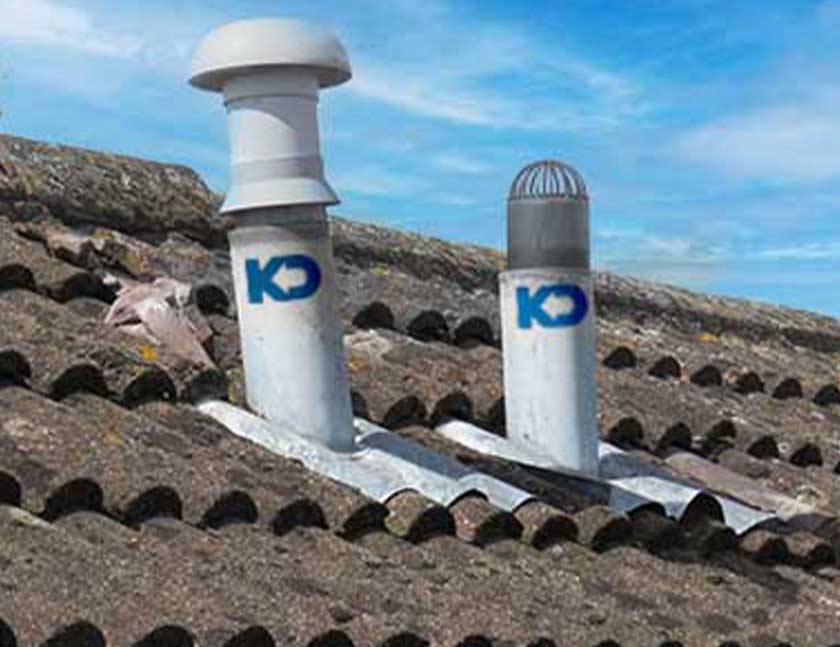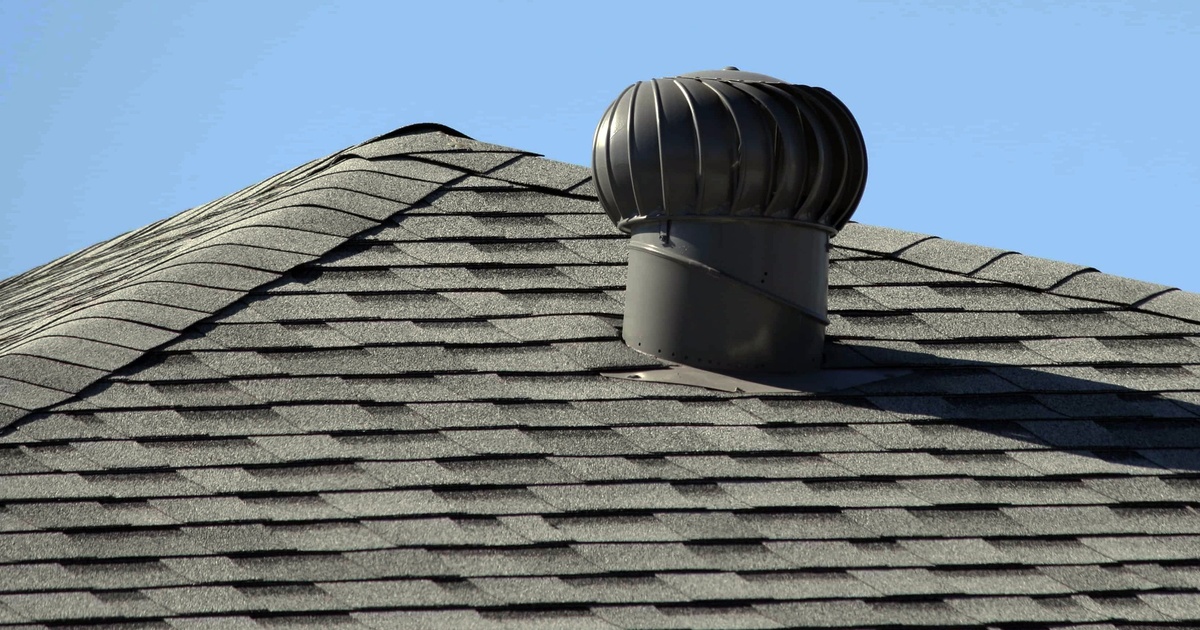The Function of Proper Ventilation in Maintaining Plumbing Systems
The Function of Proper Ventilation in Maintaining Plumbing Systems
Blog Article
Listed here on the next paragraphs yow will discover a lot of amazing tips all about What Is a Plumbing Vent and Why Is It Important.

Correct air flow in plumbing systems is usually ignored, yet it is essential for keeping the performance and safety and security of your home's plumbing. Air flow helps manage air pressure, avoid the build-up of dangerous gases, and guarantee the reliable removal of waste. In this overview, we will discover the significance of appropriate plumbing air flow, how it functions, and the advantages it brings to your plumbing system.
Understanding Air Flow in Pipes
Air flow in plumbing describes the network of pipelines that permit air to flow with the drain system. These vents serve several objectives, including controling air pressure within the pipes, avoiding sewage system gases from getting in the home, and helping in the smooth circulation of wastewater.
How Air Flow Works in Plumbing Solutions
Atmospheric Pressure Policy
Appropriate air flow preserves well balanced air pressure within the plumbing system. When water streams with pipelines, it displaces air. Without adequate ventilation, this displacement can create adverse pressure, causing reduce drains or siphoning of water from catches, which can create unpleasant odors to seep right into the home.
Protecting Against Sewage System Gas Build-up
Among the most important functions of pipes vents is to prevent drain gases, such as methane and hydrogen sulfide, from building up within the home. These gases can pose significant health and wellness risks and are highly flammable. Vent pipelines allow these gases to get away safely outdoors.
Aiding in Waste Removal
Air flow helps in the reliable removal of wastewater by stopping airlocks in the drain system. When air can move easily with the vents, it enables water and waste to stream efficiently with the pipelines, reducing the threat of blockages and backups.
Types of Plumbing Vents
Main Stack Vent
The main stack vent, likewise referred to as the vent stack, is the main vent in a plumbing system. It prolongs from the primary drain align with the roofing, permitting gases to leave and fresh air to enter the system.
Branch Vent
Branch vents attach to the main pile vent and offer specific components, such as sinks, commodes, and showers. These vents make certain that each component has sufficient ventilation to function correctly.
Air Admission Valve (AAV).
An Air Admittance Valve (AAV) is a one-way shutoff that enables air to go into the pipes system without the need for a standard vent pipe prolonging through the roof. AAVs are frequently utilized in renovations or areas where setting up a conventional vent is unwise.
Indications of Poor Air Flow in Pipes.
Slow Draining Fixtures.
If your sinks, bathtubs, or toilets are draining gradually, it could be an indicator of inadequate air flow. Insufficient air flow can create a vacuum cleaner effect, making it tough for water to drain appropriately.
Gurgling Seems.
Gurgling sounds originating from drains are commonly a result of air being sucked through water traps due to adverse stress in the pipelines. This is a clear sign of inadequate air flow.
Unpleasant Odors.
Sewer smells inside your home are a warning that your pipes system is not properly aerated. This could indicate that sewer gases are not being appropriately aired vent outside, leading to possibly hazardous conditions.
Typical Air Flow Mistakes.
Inadequate Vent Sizing.
Utilizing undersized air vent pipelines can bring about poor air flow and stress discrepancies in the system. It's necessary to make use of vents that meet the particular demands of your pipes system.
Improper Vent Positioning.
Positioning vents also much from the components they serve can reduce their performance. Proper placement ensures that air can move openly and efficiently via the system.
Disregarding Code Demands.
Building ordinance provide details guidelines for plumbing ventilation. Overlooking these codes can cause a system that stops working to work correctly and may result in costly fixings or carcinogen.
Advantages of Correct Air Flow.
Boosted System Performance.
Effectively aerated pipes systems operate much more successfully, with less obstructions, faster draining pipes, and less strain on the pipes. This performance expands the life-span of the plumbing system.
Improved Air Top Quality.
By preventing drain gases from entering your home, correct air flow contributes to far better indoor air top quality, making your living setting healthier and much more comfortable.
Protecting Against Water Damage.
Sufficient ventilation aids protect against water from being siphoned out of traps, which can lead to sewage system gases going into the home and causing water damages in time.
Actions to Make Sure Proper Air Flow.
Consulting Plumbing Codes.
Always speak with neighborhood plumbing codes when creating or modifying your pipes system. These codes provide the necessary standards for appropriate venting and ensure your system satisfies safety criteria.
Normal Evaluation and Upkeep.
Routine assessments can assist identify prospective air flow concerns prior to they become significant issues. Maintenance tasks, such as cleaning air vent pipes and checking for obstructions, are essential for keeping the system in good working order.
Professional Installation.
For new installations or significant adjustments, it's important to hire a professional plumbing. They have the knowledge to make sure the air flow system is appropriately designed and set up according to code.
Verdict.
Appropriate air flow is a critical element of any type of plumbing system, making sure that it operates effectively and securely. By recognizing the importance of air flow, acknowledging the signs of bad air flow, and taking actions to keep your system, you can stop costly issues and secure your home's air quality.
What is a Plumbing Vent and it's used for?All plumbing systems in residential and commercials construction have a plumbing vent. It doesn’t just vent unwanted odors from the drainage system to the outside; it actually serves an important purpose by supplying air to the system.
The plumbing drainage system is actually called a drainage, waste and vent (DWV) system. When water flows down the piping, an air supply (vent) is needed to allow the water to flow. Think of the vertical pipe as a drinking straw. If you plug the top end of a straw, liquid won’t drain from it.
The DWV system in your building consists of a series of pipes connected to each fixture; they extend above each fixture, and the system terminates at an open pipe that extends through the roof. This piping allows air into the system and prevents unbalanced pressures in the piping.
?The vent also prevents the system from drawing water out of a trap at the fixture with the characteristic “glug-glug-glug” as the drain gasps for air. Plumbing traps should drain smoothly and never “glug” or gasp for air.
If you have a drain that empties slowly or gurgles as it drains, this may indicate a venting problem. If you flush a toilet and the sink gurgles, there’s definitely a vent problem. It is good idea to have a Plumber check this.
https://www.ameliashomeinspection.com/blog/what-is-a-plumbing-vent-and-its-used-for

As a devoted person who reads about Essential Plumbing Vent Pipes: Understanding Their Role, I thought sharing that excerpt was essential. Feel free to pause to share this blog entry if you liked it. We value reading our article about The Upsides of Proper Ventilation in Plumbing Design.
Call Today Report this page